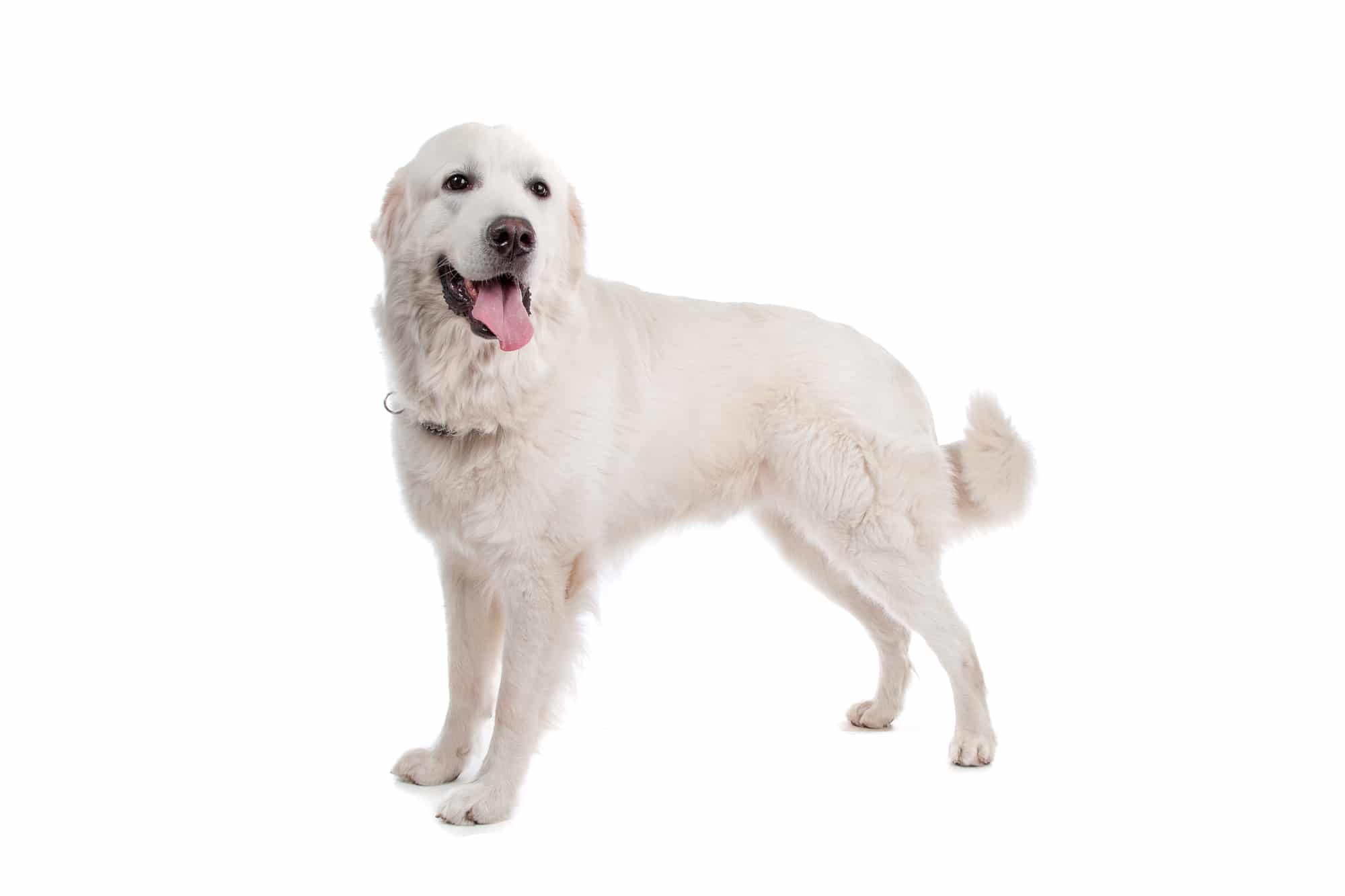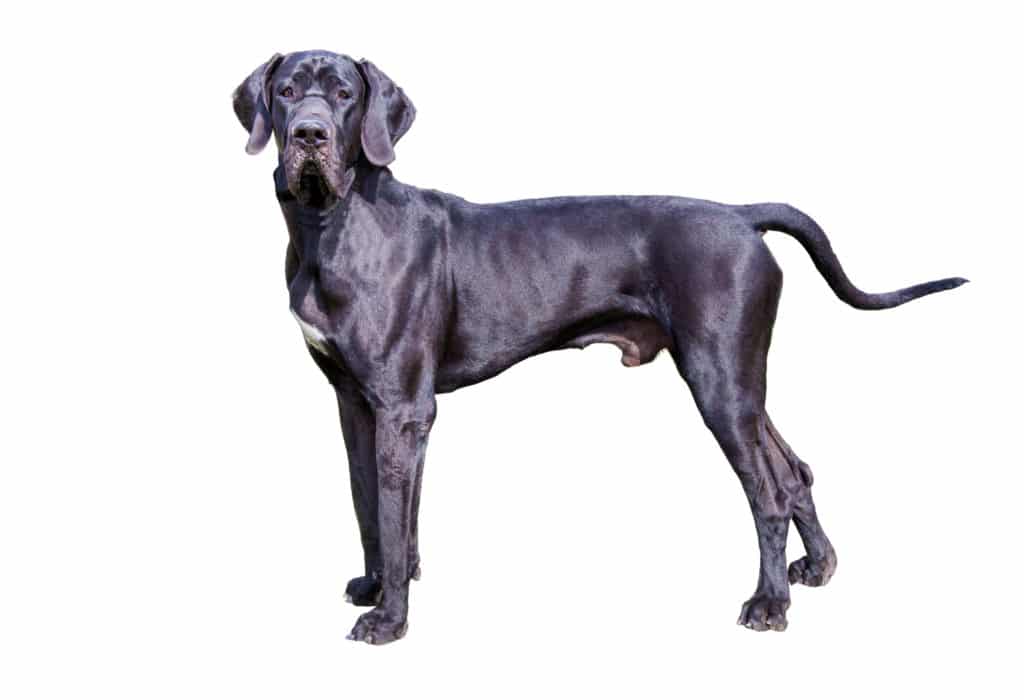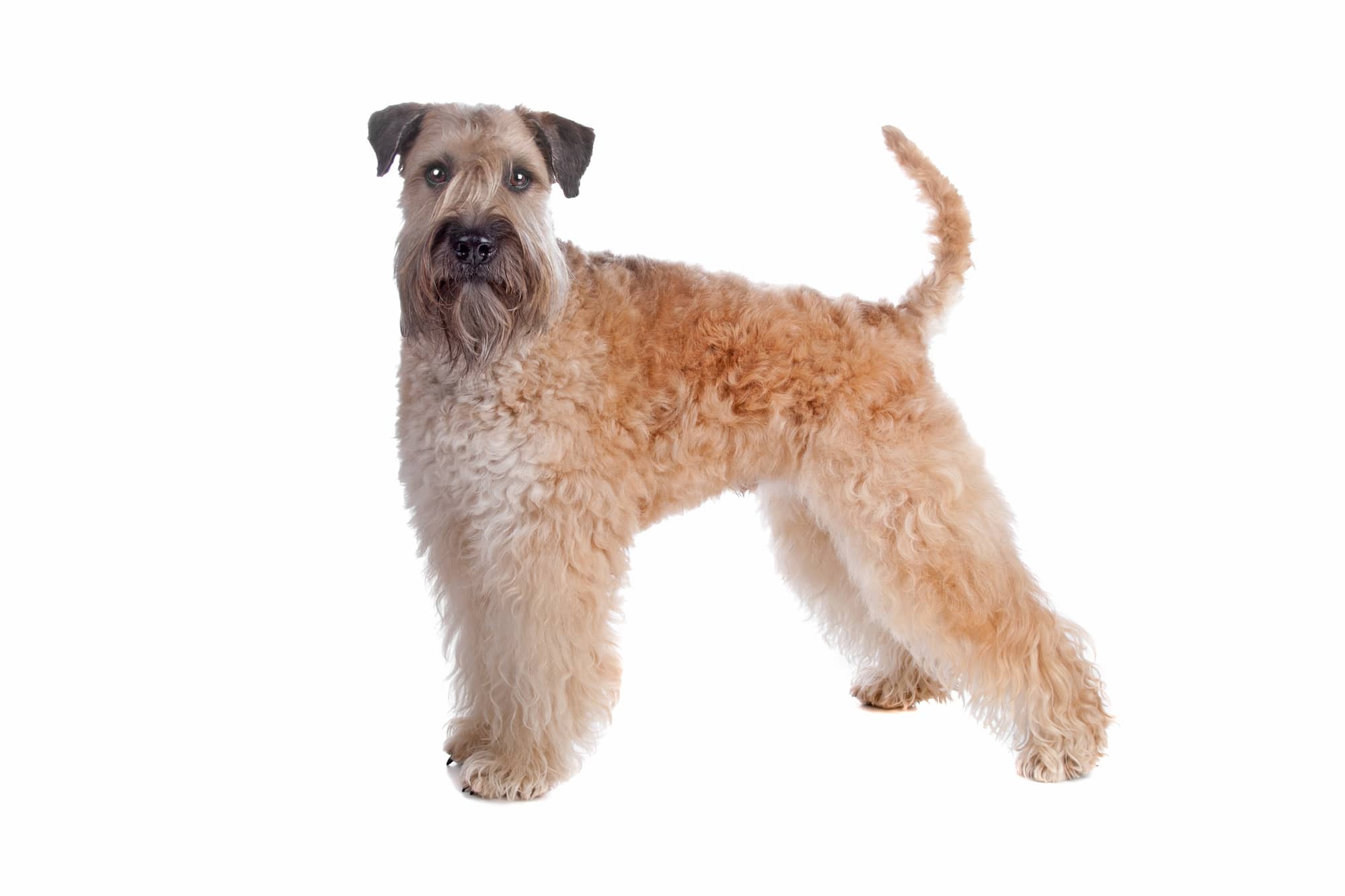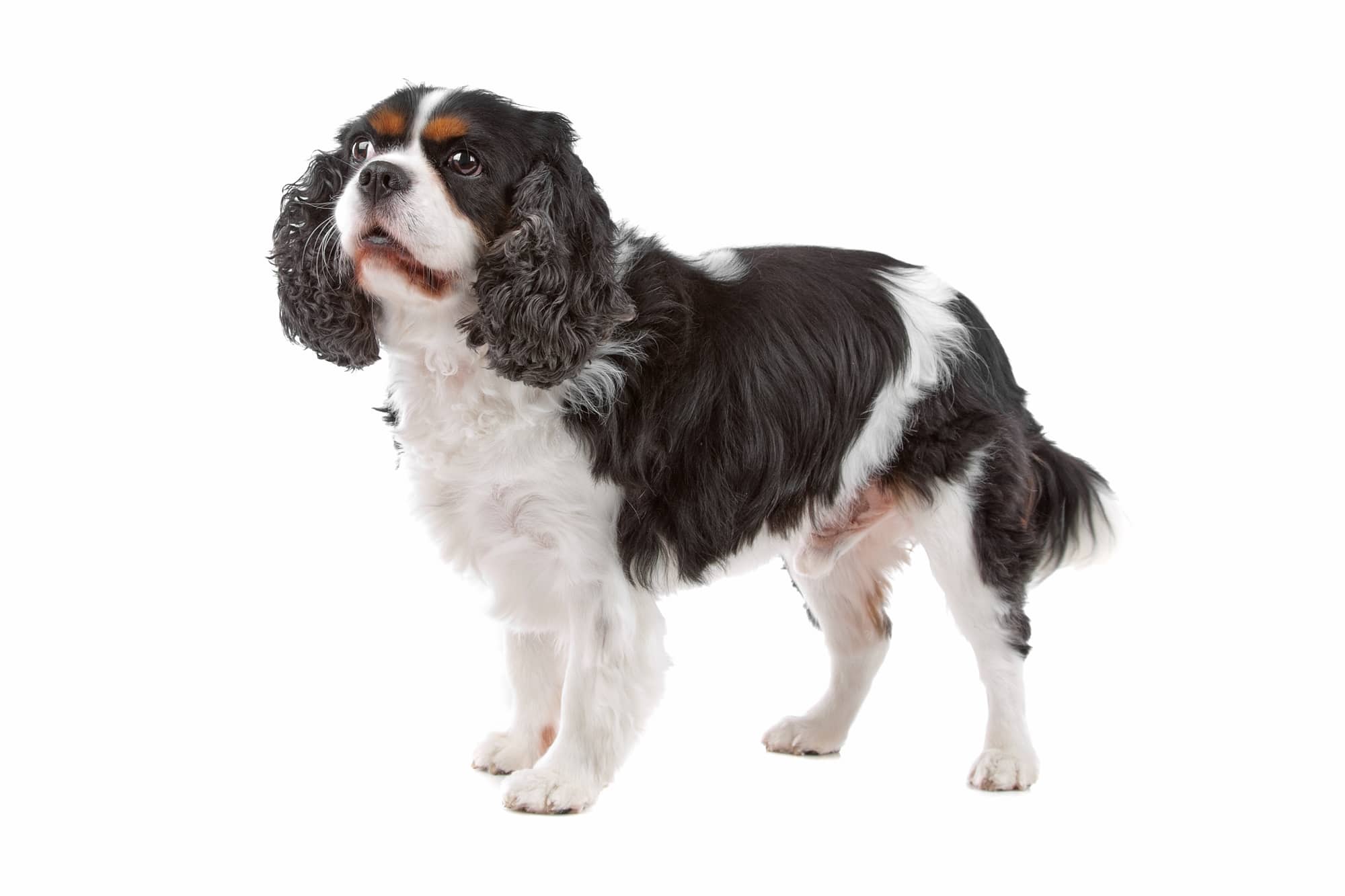Shikoku
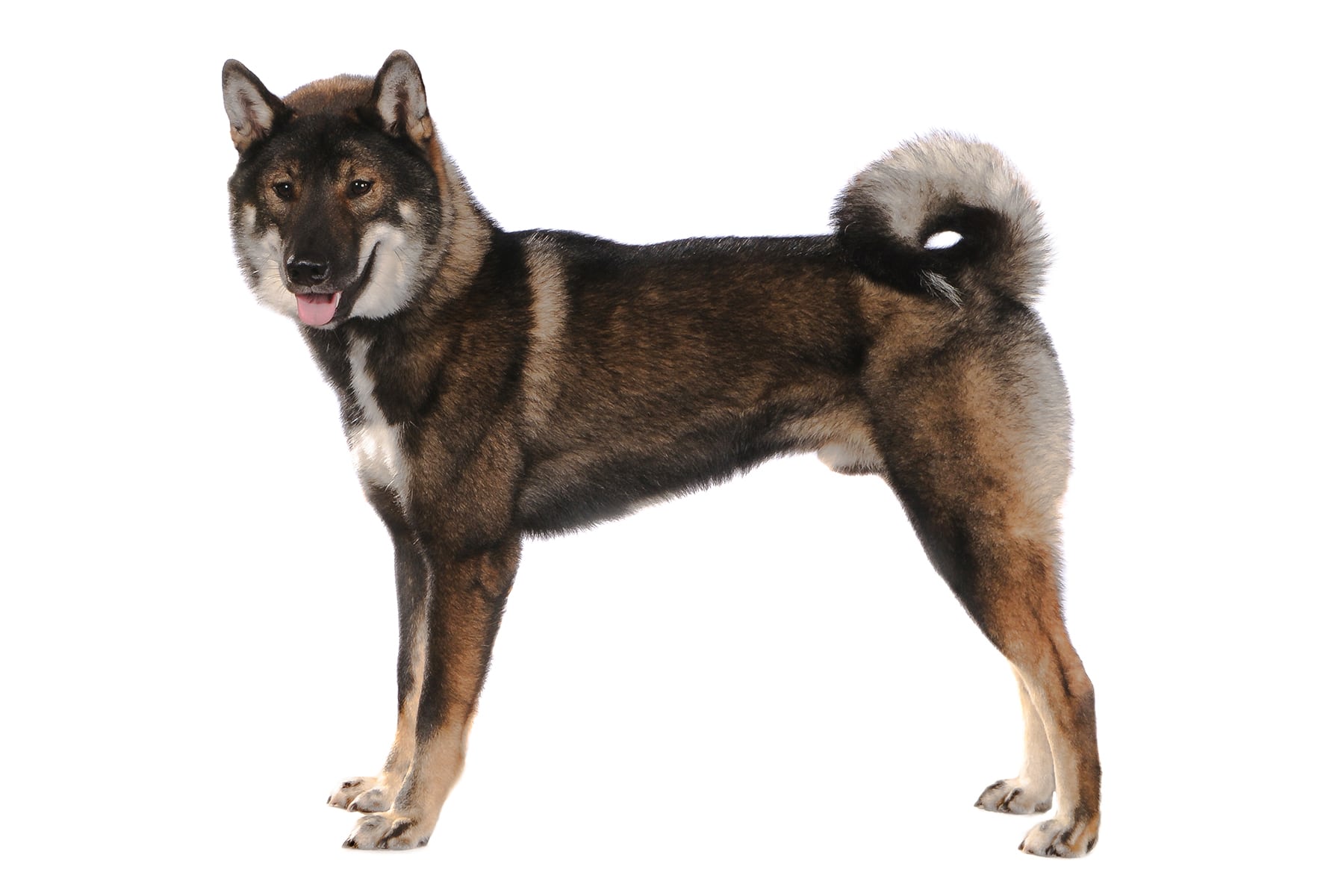
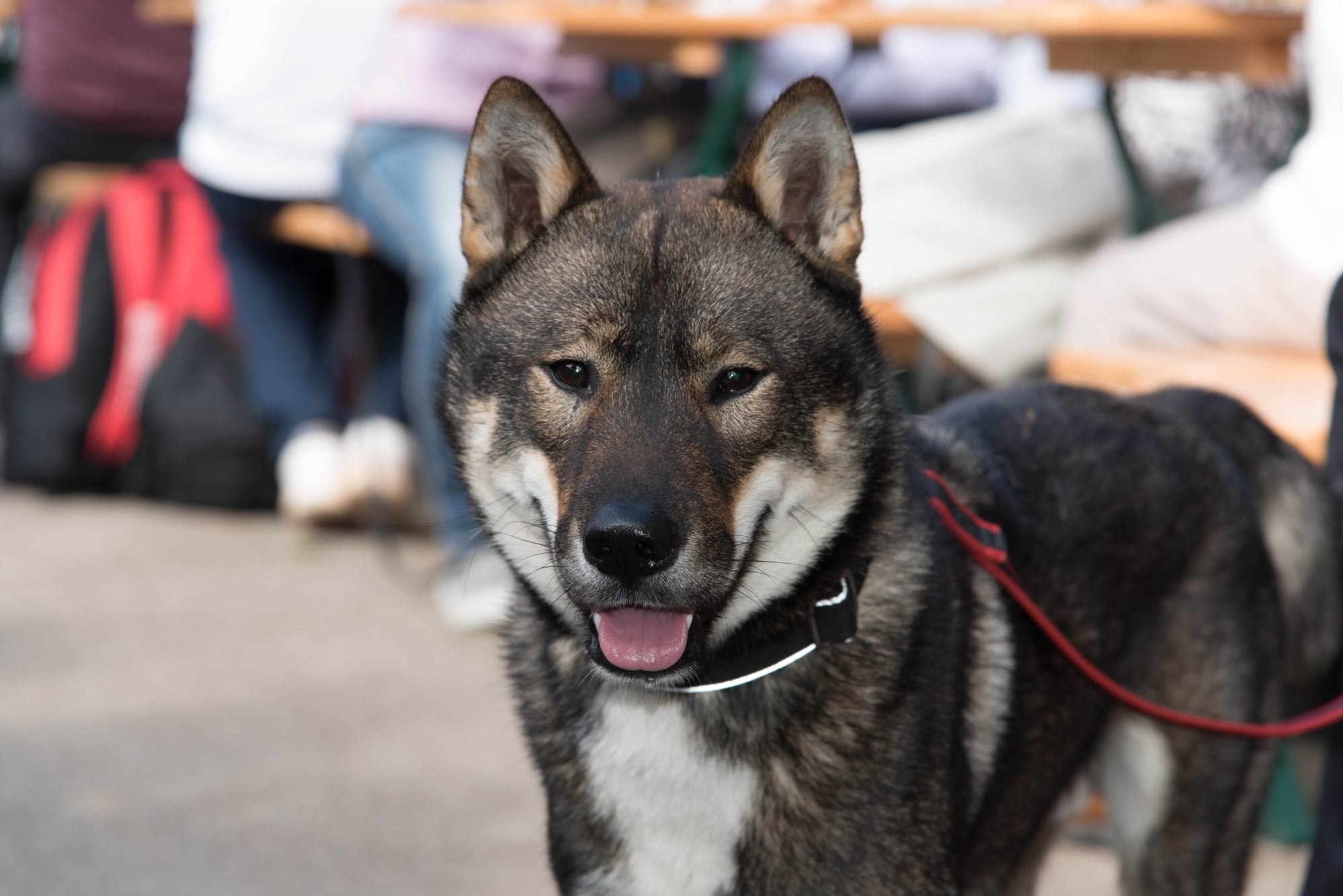
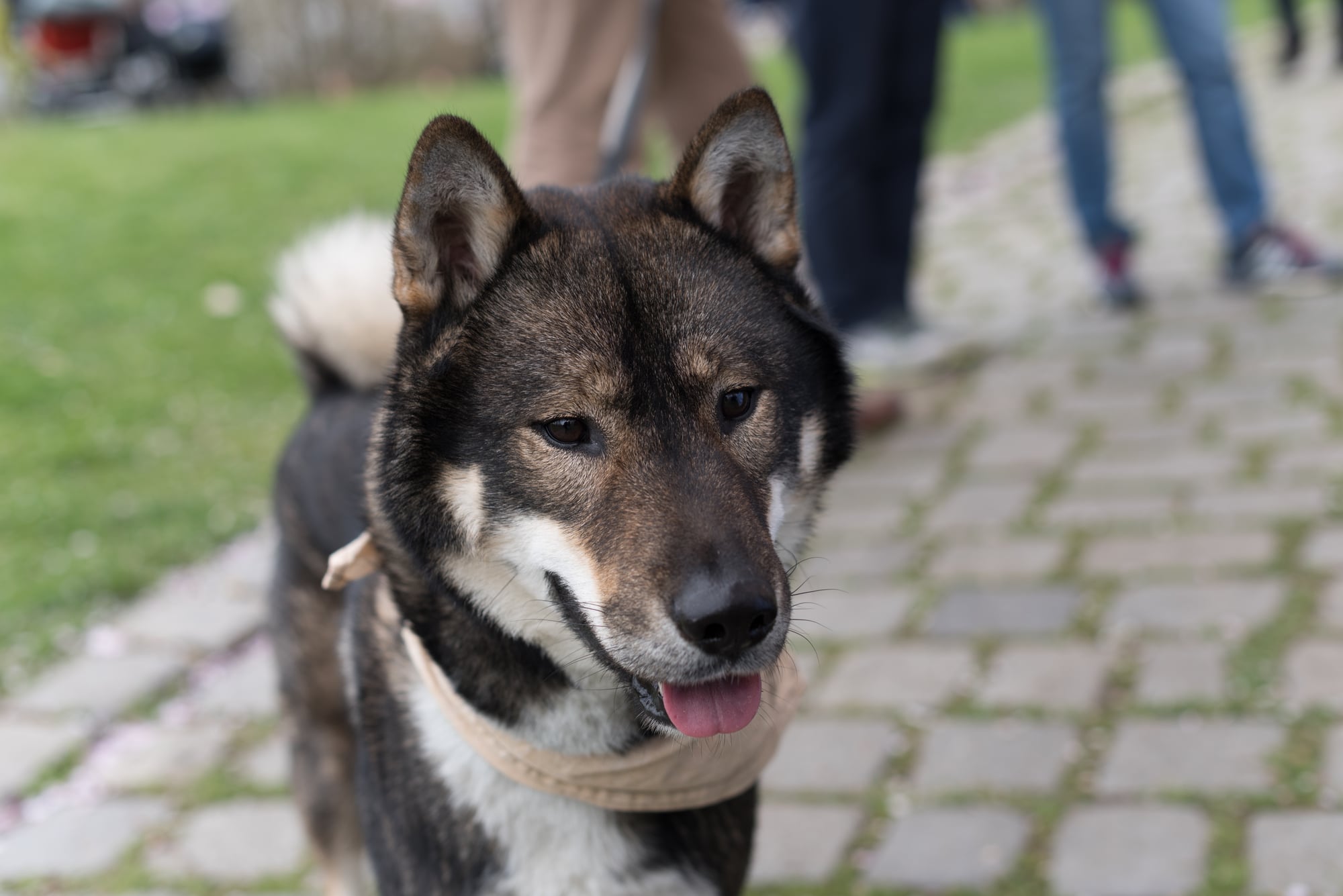
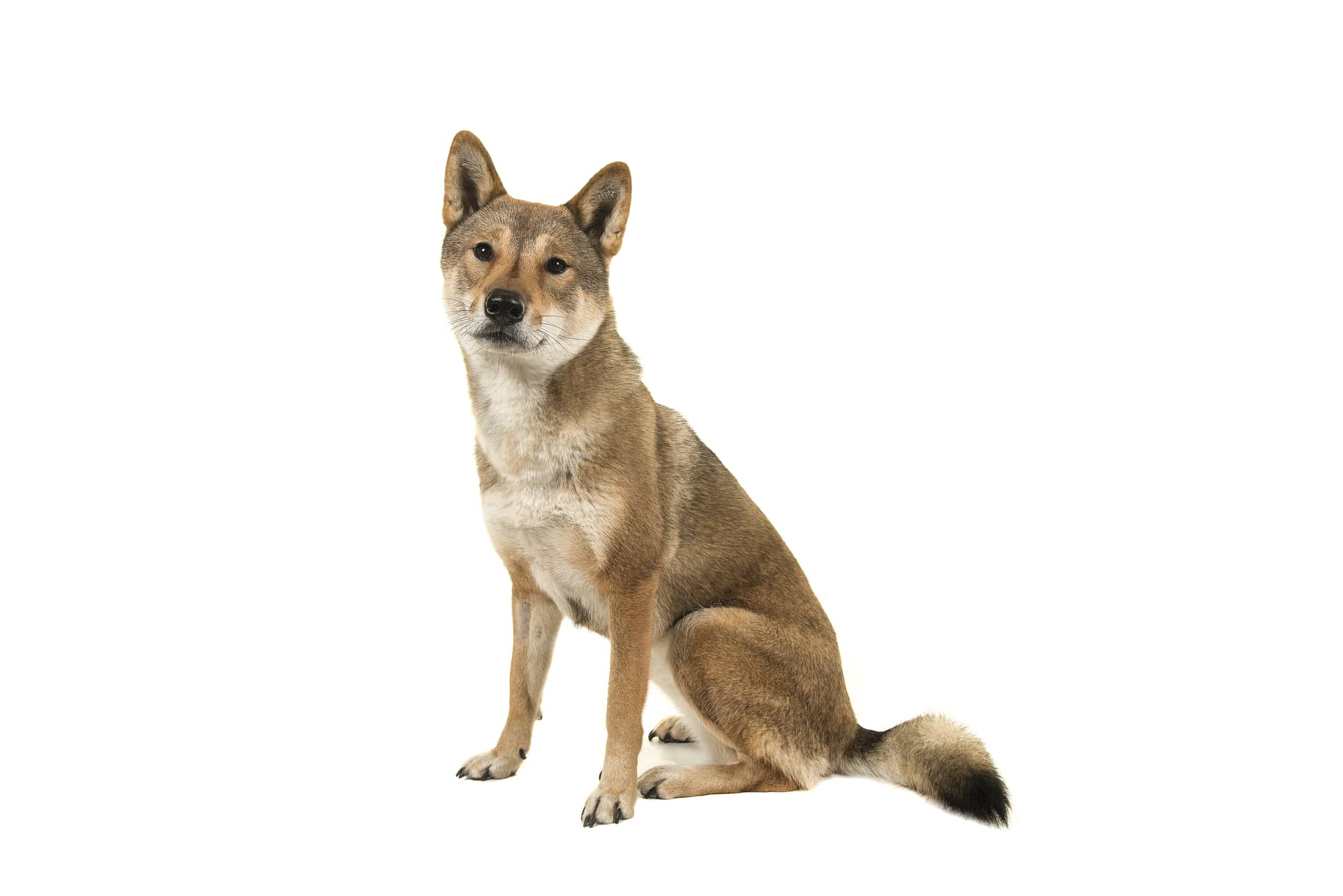
Temperament:
With a Shikoku, dog owners are bringing a real rarity into their home. Even in its country of origin, Japan, this spitz breed hardly exists any more. Interesting when you consider that the breed shares its name with one of the islands of its home country. Originally, the Shikoku was a hunting dog. Today, the independent and alert animals are often used as companion dogs.
Characteristics
This breed is available in three color variants: sesame (equal proportion of black, red and white hairs), black-sesame (the black part of the coat predominates over the white) and red-sesame (red base color with black hairs mixed in).
The hard, straight outer coat lies over the dense, soft undercoat. The coat becomes slightly longer towards the tail. All coat varieties are robust and easy to care for.
Females of the breed reach a shoulder height of around 49 centimeters. Males reach about 52 centimeters. At this size, the Shikoku reaches a weight of 16 to 25 kilograms.
As with most subspecies of Spitz, the small ears of this breed point forward. The curled tail lies over the back. It is strong and thick.
The Shikoku, on the other hand, is slender and well proportioned. As a former hunting dog, the breed has well-developed muscles. These should be exercised regularly.
Life expectancy is between 10 and 12 years. The purchase should therefore be carefully considered, as the four-legged friend will be a part of the family for a long time.
Despite its characteristic stubbornness, the Shikoku is loyal to its owner. That is why it is important to plan time together for cuddling after extensive exercise.
The Shikoku is considered independent, loyal and alert. However, it can also be stubborn and needs plenty of exercise to live out its pronounced hunting instinct.
Obedience exercises, on the other hand, are not popular with most Spitz representatives. You should bear this in mind before acquiring such a four-legged friend.
The Shikoku is therefore particularly suitable for sporty people with dog experience. If you are looking for an exceptional companion, this breed is just right for you. Make sure you choose a reputable breeder and give your dog plenty of exercise. This way, you can give your playful bundle of energy a long and happy dog life.
Coat care:
Shedding:
Energy level:
Trainability:
Children suitable:
The right food
When choosing food, make sure that it contains high-quality ingredients, is balanced and meets your dog's requirements. Age, size or weight, activity and health status play an important role. You should follow the manufacturer's recommendations for the amount of food.
Treats should only be fed in moderation and deducted from the basic diet to avoid obesity.
Puppies can be fed 4-6 times a day. The number of meals should be gradually reduced to 2 per day until the dog is fully grown. A rest period should be observed after meals.
Fresh drinking water should be available at all times.
Health & Care
Due to its hunting roots, this dog needs a lot of exercise and wants to prove its stamina. It is best if you concentrate on spending a lot of time with your four-legged friend. This is because the Shikoku is not particularly fond of its fellow dogs.
He is considered stubborn and therefore needs an experienced hand. This is why training should begin early in puppyhood. This is the only way for them to fully enjoy their dog's life alongside humans.
Shikokus are loyal to their owners. Jogging or long walks are good for him.
Especially during the semi-annual coat change, the agile Japanese can get quite hairy. You should brush your Shikoku daily, especially during this time. This shortens the transition period - and avoids hair in the home.
The rest of the year, the robust coat needs no care. Brushing once or twice a week is enough.
Frequent bathing is not necessary. Regular brushing removes the coarsest dirt from the dense coat. If your animal roommate does get dirty, use a mild dog shampoo. It is best to get him used to being washed as a puppy. Otherwise problems can arise with stubborn animals.
In addition to grooming, you should also make sure that your dog's ears are clean. Clean them with a special ear cleaner for dogs. If the claws don't wear off by themselves, they need to be trimmed regularly. Teeth also need to be groomed regularly. To do this, you can give your Shikoku chews for their teeth and brush their teeth with a dog toothpaste.
Suitable accessories
For a breed that was originally bred for hunting, a strong urge to move is normal. Therefore, choose toys that your dog can really let off steam with. Agility or tracking are also fun for these intelligent and active four-legged friends.
It is important that you only let your Shikoku run on a lead. Especially when jogging together, the hunting instinct could make itself felt. With a drag lead, your dog has enough space to let off steam. But you are always in control. This also includes a suitable collar.
The basic equipment includes a dog basket or dog mat as a place to retreat, water and food bowl, tick tweezers, claw clippers, mild dog shampoo, brush and comb or rubber curry comb, dog toothbrush and cream, transport box for transportation in the car and a first aid kit. It's best to ask your vet what should be in the first aid kit.
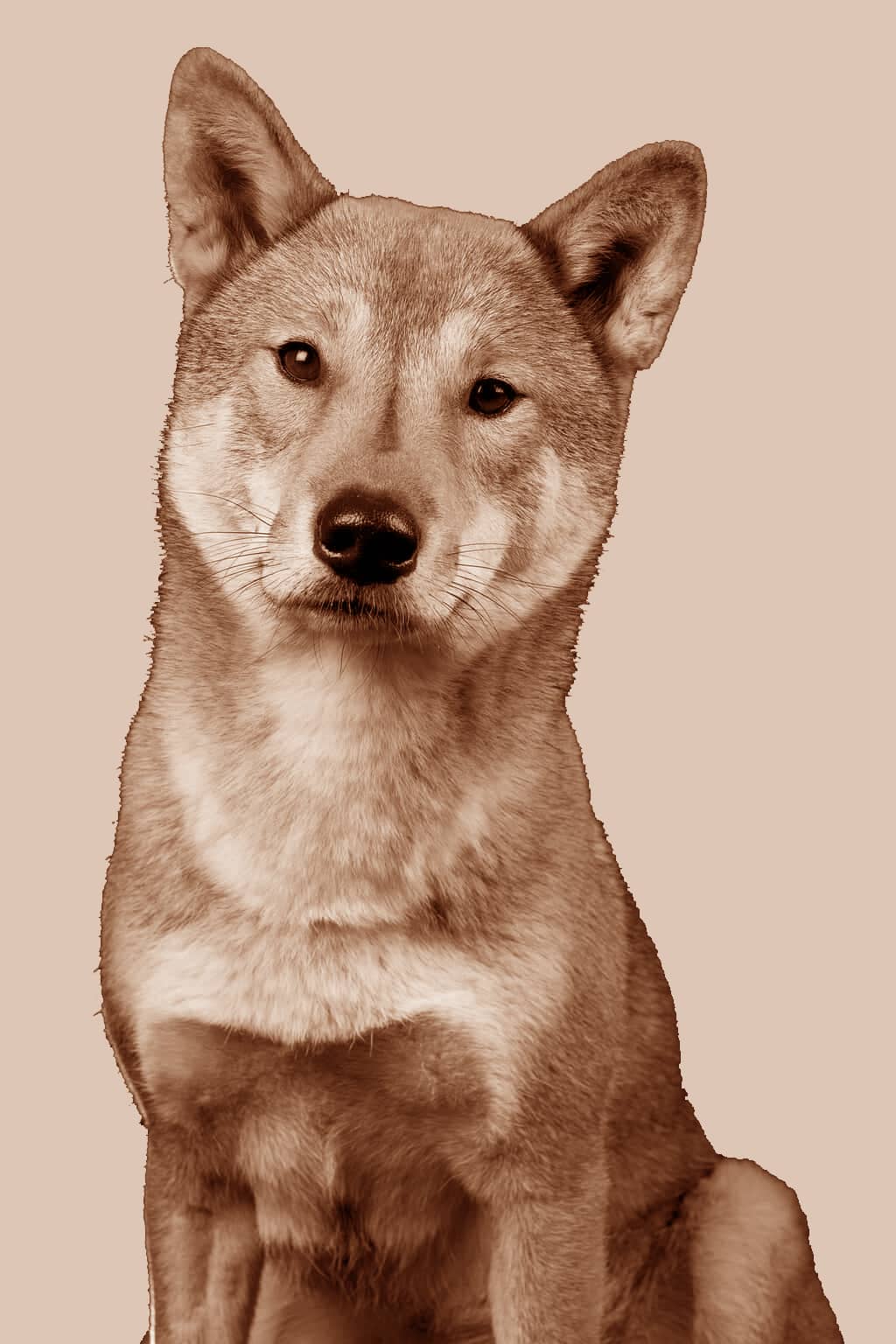
Origin & History
With a Shikoku, you are bringing one of Japan's national dogs into your home. The breeding of this breed has a correspondingly long tradition. Traces of these animals have been found in ancient Japan. For example, ancient ceramic figurines have been discovered.
Nevertheless, this breed is less well-known and widespread than other breeds from the Land of the Rising Sun. They have been largely displaced by Akitas or Shibas.
The Shikoku is a mixture of the now extinct Nippon and the Smooth Chow. In addition to the three common colors, the Shikoku is available in different varieties.
Probably the purest cultivated form, the Hongawa Shikoku, comes from inaccessible regions.
This medium-sized breed has become very rare. Nevertheless, there are many names for them in Japan. This shows the long tradition of breeding these animals. They are called Tosa-inu/ken, Mikawa Inu or Kochi-ken ('Kochi dog').
The latter name is derived from the prefecture of Kochi. There, the Shikoku was traditionally used to hunt wild boar. The breed's stamina and curiosity still point to its origins as a hunting dog.
The final recognition by the FCI took place in 1982.
